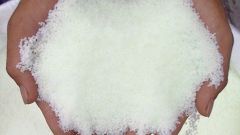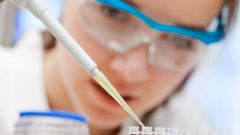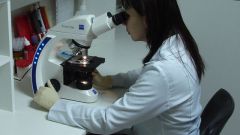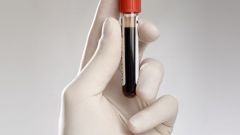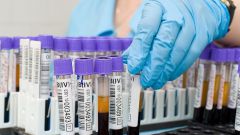Instruction
1
The urea and creatinine is the waste products of the cells of the body. Urea is a secondary metabolite that is produced by the liver. As a result of the energy exchange of cells is formed-toxic acetone. To prevent damage, the liver processes it into secondary metabolite — urea, which enters the blood. Urea is filtered out by the kidneys and accumulates in urine. Because the filtering blood by the kidneys is produced constantly, the urea level in a healthy person is approximately the same for a long time. If the biochemical analysis different from the norm, then the kidneys suffer and do not perform fully its function.
2
Creatinine is a nitrogenous metabolite, which forms in the cellular activity of the smooth muscle and skeletal muscle. The result is phosphocreatine reaction of cells releases energy and produces creatinine. As with any metabolite, creatinine should be excreted from the body, and this is also the function of the kidneys. Therefore, creatinine is an important indicator of the kidneys.
3
Creatinine is a nitrogenous metabolite, which forms in the cellular activity of the smooth muscle and skeletal muscle. The result is phosphocreatine reaction of cells releases energy and produces creatinine. As with any metabolite, creatinine should be excreted from the body, and this is also the function of the kidneys. Therefore, creatinine is an important indicator of the kidneys.
4
Norm of urea content in the blood depends on age:
— teenagers up to 14 years — 1,8-6,4 mmol/l;
— elderly people over 60 years of age is 2.9-7.5 mmol/l;
— people from 14 to 60 years, the rate of urea is 2.5-6.4 mmol/L.
— teenagers up to 14 years — 1,8-6,4 mmol/l;
— elderly people over 60 years of age is 2.9-7.5 mmol/l;
— people from 14 to 60 years, the rate of urea is 2.5-6.4 mmol/L.
5
Rate the content of creatinine depend on the age and sex of the patient. Because creatinine is produced by muscle tissue, in men the total mass of muscle is higher than that of women, and the normal creatinine level for them above.
— in children under 1 year of 18-35 µmol/l;
— children 1 to 12 years 27-62 µmol/l;
teenagers from 13 to 18 years 44-88 µmol/l;
women 18 to 60 years — 53-97 µmol/l;
— women aged 60 to 90 years, 53-106 µmol/l;
women over the age of 90 — 53-116 µmol/l;
men from 18 to 60 years — 80-115 µmol/l;
men 60 to 90 years, 71-115 µmol/l;
men older than 90 years — 88-150 mcmol/l.
— in children under 1 year of 18-35 µmol/l;
— children 1 to 12 years 27-62 µmol/l;
teenagers from 13 to 18 years 44-88 µmol/l;
women 18 to 60 years — 53-97 µmol/l;
— women aged 60 to 90 years, 53-106 µmol/l;
women over the age of 90 — 53-116 µmol/l;
men from 18 to 60 years — 80-115 µmol/l;
men 60 to 90 years, 71-115 µmol/l;
men older than 90 years — 88-150 mcmol/l.
6
Increased creatinine may in some endocrine diseases, dehydration, with extensive lesions of the muscles, while respecting the protein diet and toxic kidney damage. Decrease in creatinine is quite rare and may have vegetarians, pregnant women, and in degenerative muscle diseases.
7
The change in the level of urea in the blood in the upward direction is infectious and systemic kidney damage, the delay fluid in the body for burns, edema, massive blood loss, hormonal disorders and cancer. Urea in the blood decreases in the liver during fasting, hormonal disorders and pregnancy.
8
Urea and creatinine are the most important indicators of the kidneys in the biochemical analysis of blood. Therefore, pay more attention to such surveys.

